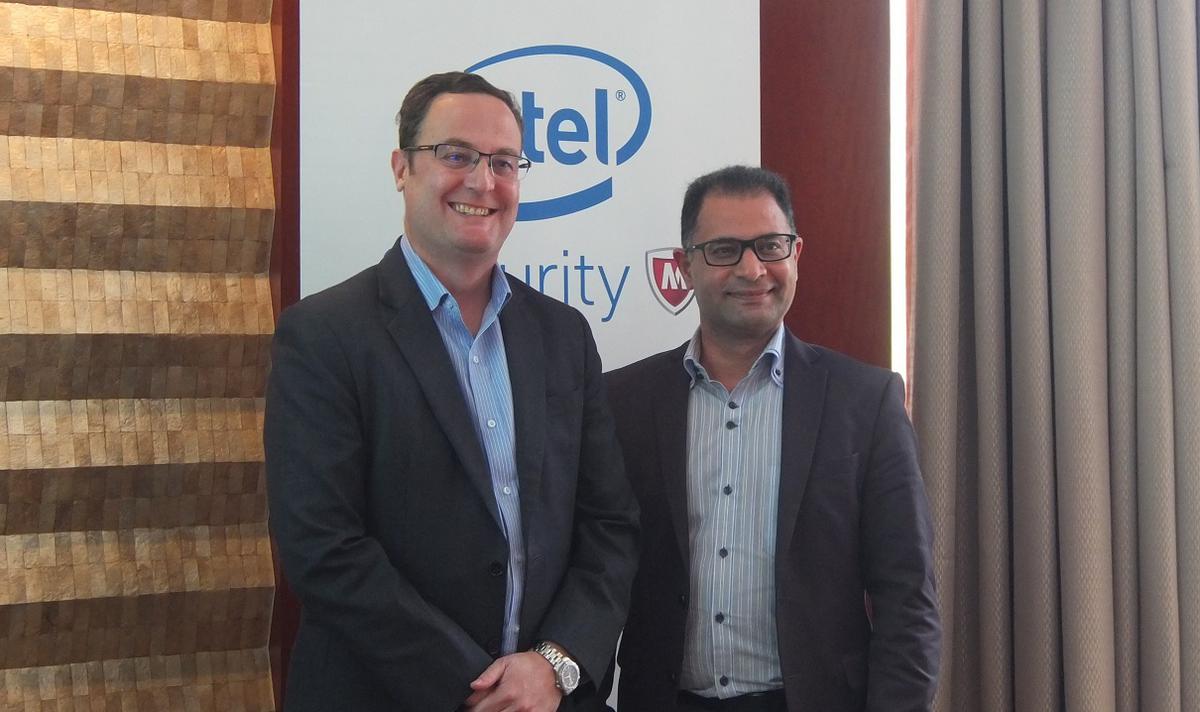McAfee, which is now part of Intel Security, recently flew its managing director for SEA Craig Nielsen and vice president for APAC Daryush Ashjari in the Philippines to discuss the company’s latest report on the security landscape of the region, the indications of the topics involved, and how the company is working to resolve security issues and provide better solutions and services to its consumers.
Philippines Cybersecurity Landscape
The Intel Security executives discussed the current realities in the Philippine security landscape starting with the rise of cyberespionage attacks and intellectual property theft. In a 2015 report from the Department of Justice of Cybercrime, it was revealed that 17 ransomware attacks happen per day with thirty percent of the attacks targeting small businesses. Meanwhile, 33 percent of 614 recorded cybercrime incidents involved internet/ATM fraud and identity theft. This increase in number indicates that as technology progresses, the manner in which cyber criminals operate has also evolved.
But how does the government deal with these attacks? Intel Security shared that the Philippines has a number of laws meant to address cyberattacks, such as the Cybercrime Prevention Act. These laws penalize cyber criminals and also deal with the aftermaths of an attack, however, there are little to no provisions when it comes to cybercrime prevention.
Moreover, there’s a shortage of IT security professionals working in the field. The company revealed, there are only 84 Certified Information Systems Security Professionals (CISSP) in the Philippines and half of them are working overseas.
Given the circumstances, where do we turn to for help?
McAfee Labs Latest Report
At present, there are 3.1 billion internet-connected devices and is expected to go up to 8.6 billion by 2020. With all these interconnected devices, data protection is critical and cybersecurity has lots of maturing to do. The company is working on a new cybersecurity blueprint; one that will resolve more risks faster with the use of just a few resources.
Add to the IoT and the issues that come with it, Intel Security also revealed the prevalent concerns in today’s cybersecurity landscape:
- There are more than 5,000 versions of 21 consumer mobile apps containing colluding code capable of a variety of malicious activities.
- New strain of of Pinkslipbot Trojan features anti-analysis and multi-layered encryption
- New ransomware grew 24-percent quarter-over-quarter in Q1 2016
- Threat researchers saw a 17-percent quarter-over-quarte increase in new mobile malware sample in Q1 2016
- Mac malware spiked Q1 primarily due to an increase in VSearch adware
- There are 305 new threats every minute, or more than 5 every second.
McAfee revealed that its Global Threat Intelligence responds to these over 49.9 billion queries every day. Take all these in consideration, there’s a need for a continuous, automated, and shared threat intelligence, a system which protects, detects, and corrects. Intel Security suggests an effective defense businesses and other fields involved should apply, which includes: neutralizing emerging threats, safeguard vital data, optimize security operations, and fortify critical environments.
McAfee has been constantly changing to provide tried and tested security solutions and services that protect systems, networks, and mobile devices for business and personal use around the world. It recorded an all time high for renewal rates in the Philippines for its excellence in delivering localized solutions to its subscribers.
For more information, visit http://www.mcafee.com/us/business-home.aspx.
